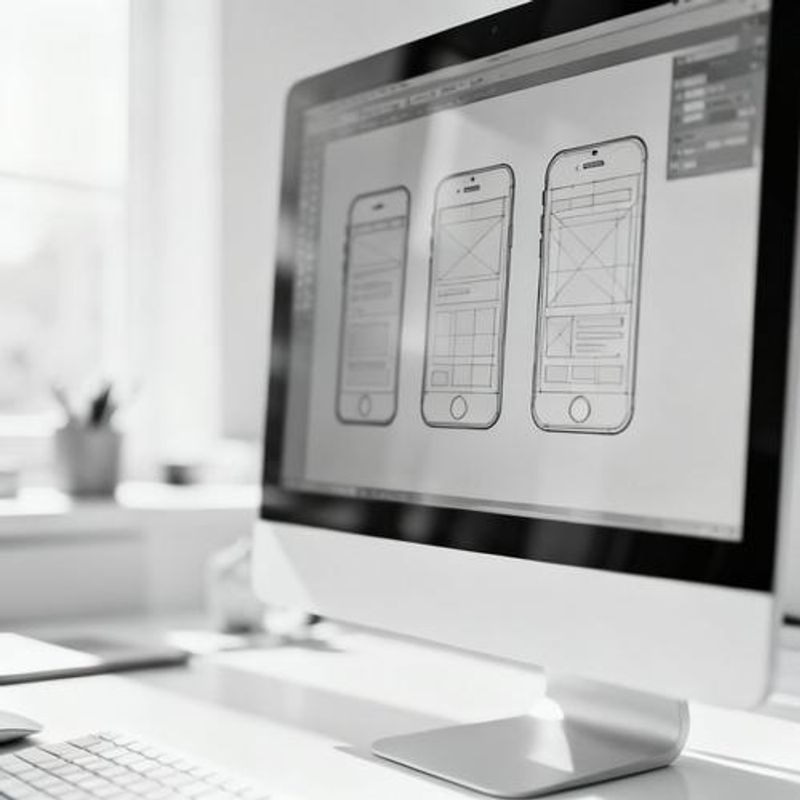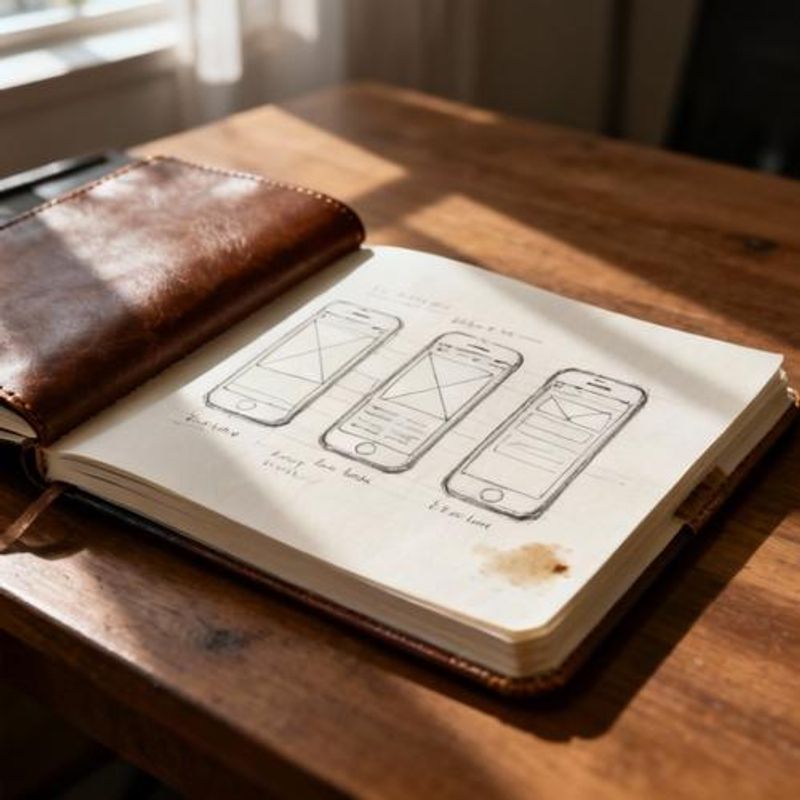How to Create a Wireframe for a Mobile App: A Step-by-Step Guide for Product Managers

You've got approval for your mobile app project, stakeholders are excited, and developers are ready to start. But there's a critical step that can make or break your project's success: creating effective wireframes. As a product manager, you know that rushing into development without proper wireframes leads to scope creep, expensive revisions, and frustrated teams. This guide will walk you through a proven process to create mobile app wireframes that align stakeholders, guide developers, and keep your project on track.

Why Mobile App Wireframes Are Critical for Product Success
Mobile wireframes serve as the blueprint for your app's user interface and functionality. Without them, you're essentially asking your development team to build a house without architectural plans. For product managers, wireframes solve three critical challenges: they provide visual clarity for stakeholders who struggle with abstract concepts, create a shared reference point that prevents miscommunication between teams, and allow you to identify usability issues before expensive development begins. Studies show that fixing a problem during the wireframing phase costs 10-100 times less than fixing it post-launch.
Quick Reference: Essential Wireframing Steps
Before diving into the detailed process, here's your roadmap to successful mobile app wireframing:
- Define user flows and core functionality requirements
- Start with low-fidelity sketches and user journey mapping
- Create digital wireframes focusing on information architecture
- Add interaction details and navigation patterns
- Validate with stakeholders and iterate based on feedback
Step 1: Foundation Work - Requirements and User Flow Mapping
Begin by gathering and documenting your functional requirements. Create a prioritized list of features, distinguishing between must-haves and nice-to-haves. Map out your primary user journeys - the critical paths users will take to accomplish their goals. For each journey, identify the screens needed, the data displayed, and the actions users can take. This foundation work prevents scope creep and ensures your wireframes address actual user needs rather than assumptions.
Step 2: Low-Fidelity Wireframing and Information Architecture
Start with paper sketches or simple digital boxes. Focus on layout, content hierarchy, and navigation structure rather than visual design. Define your app's information architecture - how content and features are organized and grouped. Consider mobile-specific constraints like screen size, touch targets, and thumb navigation. Create wireframes for key screens including onboarding, main dashboard, core feature screens, and error states. Use placeholder content and simple shapes to maintain focus on functionality over aesthetics.

Step 3: Digital Wireframe Creation and Interaction Design
Transfer your sketches to a digital wireframing tool like Figma, Sketch, or Balsamiq. Add interaction details including tap targets, swipe gestures, and state changes. Define navigation patterns - whether you'll use tab bars, hamburger menus, or gesture-based navigation. Include annotations that explain functionality, business rules, and technical constraints. Create a clickable prototype that demonstrates the user flow, allowing stakeholders to experience the app's logic before development begins.
Step 4: Responsive Considerations and Device Optimization
Design wireframes for multiple screen sizes and orientations. Consider how your layout adapts from iPhone SE to iPhone Pro Max, and from portrait to landscape modes. Plan for different device capabilities - not all devices support the latest gestures or have the same processing power. Include wireframes for edge cases like poor network connectivity, empty states, and error scenarios. These considerations prevent costly redesigns during development when teams discover layouts don't work on certain devices.
Wireframe Templates and Practical Examples
Here are essential wireframe templates every product manager should have: Login/Registration flow with social auth options and error handling, Main dashboard with navigation structure and key action items, List views with search, filter, and sorting capabilities, Detail views with all necessary information and action buttons, Settings screens with clear categorization and hierarchy, and Empty states with helpful guidance for new users. Each template should include annotations for developers explaining functionality, validation rules, and business logic.

Common Wireframing Mistakes That Derail Projects
Avoid these critical errors that lead to project delays and budget overruns: Adding visual design elements too early, which distracts from functionality discussions. Skipping edge cases and error states, forcing developers to make decisions without product input. Creating wireframes without considering technical constraints, leading to impossible implementations. Failing to annotate complex interactions, causing miscommunication between teams. Not validating wireframes with actual users before development, missing usability issues. Working in isolation without regular stakeholder feedback, creating alignment problems later.
Next Steps: From Wireframes to Development
Effective wireframing sets the foundation for successful mobile app development. Your next actions should include: conducting wireframe reviews with all stakeholders to ensure alignment, creating a detailed specification document that accompanies your wireframes, and establishing a feedback loop with your development team for technical validation. Remember, wireframes are living documents that evolve with your product. Use collaborative tools that allow real-time updates and maintain version control to track changes. Ready to streamline your wireframing process? Consider implementing AI-powered design tools that can accelerate your workflow while maintaining the strategic thinking that makes you valuable as a product manager.